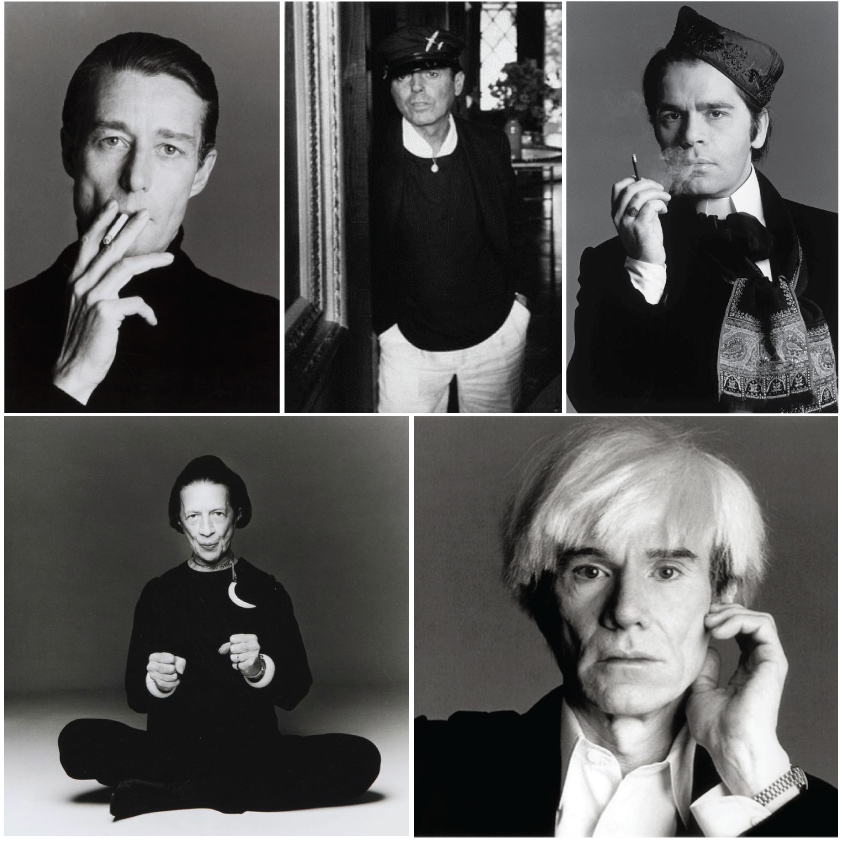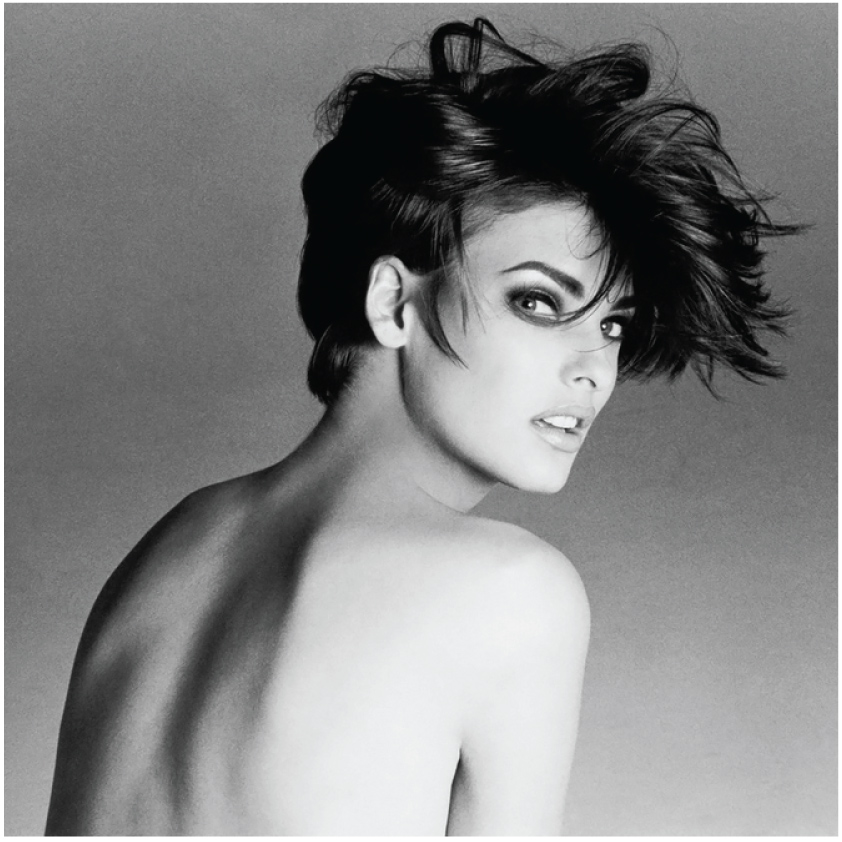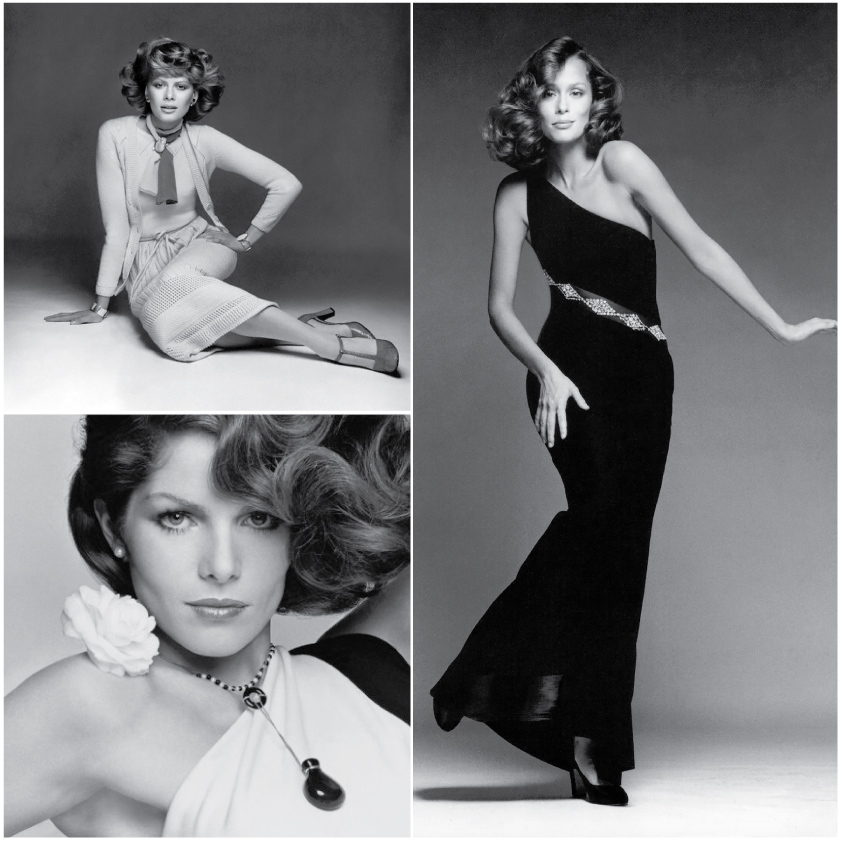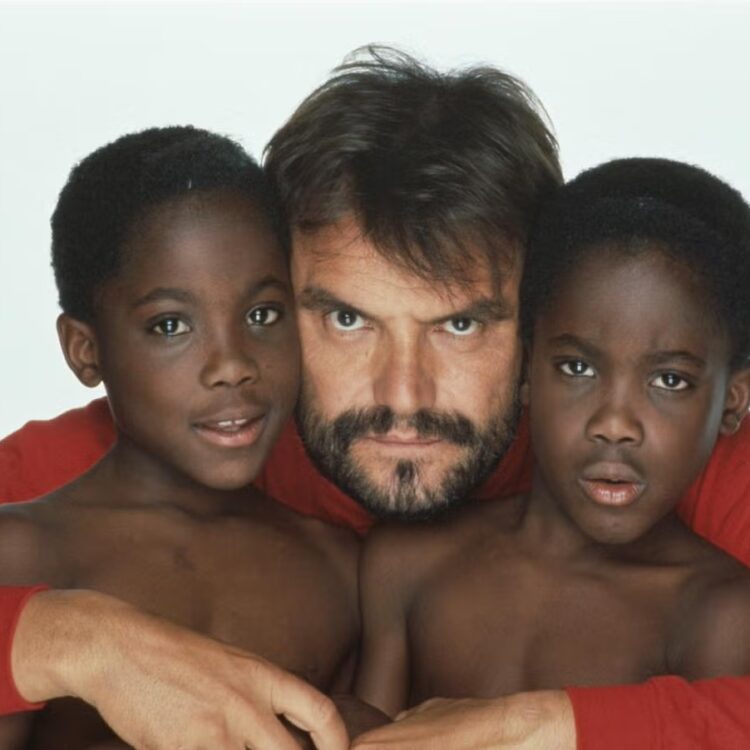And so, I am back to photography. Or maybe I never really left it, because—if we’re being honest—there is something about an image that is so much more than just an image, more than light and shadow and contrast, more than the mechanics of exposure and aperture and shutter speed. It’s a distilled, almost brutal kind of storytelling, the kind that bypasses the intellect and lands straight in the gut. Which is probably why, while wandering the digital annals of visual culture (i.e., aimlessly scrolling), I found myself stopped cold by a series of black-and-white photographs of women—actresses, models, singers, icons before they were icons—images so arresting that I did what any person both obsessed with aesthetics and prone to obsessive internet searches does: I went down the rabbit hole. And at the bottom of that rabbit hole was a name. Francesco Scavullo.
Born in 1921 in New York City, into a world already dripping with glamour^2 (his father, a successful casino owner and restaurateur, ensured that his childhood was less bicycle-riding and more cocktail-party adjacent), Scavullo seemed predestined to be enthralled by beauty, particularly the kind of beauty that required transformation. His mother, in full daily ritualistic commitment to elegance, would go from the everyday to the cinematic every morning, and young Francesco, instead of playing outside or engaging in whatever wholesome American pastimes boys were supposed to be engaging in, was transfixed.
“My mother made the transformation from Cinderella every day of life.”
The other woman who cast a long, long shadow over his imagination was Greta Garbo. Scavullo’s origin story—the moment when a mere mortal gets their first whiff of the divine—is the kind of thing myth is made of. He was 12 when he first saw her on-screen, in 1933, and the impact was immediate, visceral:
“The camera almost choked me with this close-up of a woman called Garbo! Magic it was for me. Images. Fantasy. Sure, it was total escape into a world of imagination.”
And so, like any devotee of the visual, he went where the images were. The apprenticeship years: assisting in the hallowed halls of Vogue, where he studied under the masters—Horst P. Horst, Cecil Beaton, John Rawlings—learning how light, properly manipulated, could turn a woman into something otherworldly. There was muslin for diffusion, umbrellas for bounce, angles that made faces luminous, untouched by imperfection. It was an education in the alchemy of beauty, but an education he knew would mean nothing if he didn’t make it his own. So, he left. Left Vogue, left the safety of being an assistant, and threw himself into the deep end of the industry.
 At the
At the
His big break: Cosmopolitan. Not just a cover here and there, but the cover photographer for 30 years, which in magazine years (not unlike dog years) is a lifetime. If you were a model, an actress, a woman even vaguely orbiting the idea of fame, you wanted to be a Cosmo Girl. And Scavullo, with his impeccable lighting and unerring instinct for sex appeal, was the gatekeeper.
“Everyone knew the Cosmo Girl… everyone wanted to become a Cosmo Girl.”
Scavullo’s portfolio reads less like a list and more like a cultural history of glamour itself. Farrah Fawcett, Gia Carangi, Brooke Shields—the trinity of high-cheekboned, glossy-haired perfection. But also, Calvin Klein. Grace Kelly. Gore Vidal. Elizabeth Taylor. Janis Joplin. Mick Jagger. Mikhail Baryshnikov. Madonna before she was Madonna. He was the eye behind the lens for Warhol’s Superstars—Holly Woodlawn, Jackie Curtis, Candy Darling—who shimmered in his frames as if they had just stepped out of Warhol’s Factory and into Olympus.
Looking at his work now, decades later, the impact hasn’t faded. The images are lush and cinematic, hyperreal yet dreamlike, imbued with the particular brand of sexuality that feels both timeless and unmistakably of its era. His portraits didn’t just capture beauty; they constructed it, defined it, dictated it. If beauty, in all its artifice and effort, is a kind of worship, then Francesco Scavullo was both the priest and the deity.
 Almost every star in the celebrity firmament came in front of Scavullo’s camera. Sometimes, they paid him for the privilege, as word got around that Scavullo’s camera, and his team of stylists, hairdressers and make-up artists, could perform miraculous makeovers. In the end, he was probably as famous as the people he photographed. He made plain people look beautiful, and beautiful people magnificent.
Almost every star in the celebrity firmament came in front of Scavullo’s camera. Sometimes, they paid him for the privilege, as word got around that Scavullo’s camera, and his team of stylists, hairdressers and make-up artists, could perform miraculous makeovers. In the end, he was probably as famous as the people he photographed. He made plain people look beautiful, and beautiful people magnificent.
“I’m impressed by glamour,” he told an interviewer. “I’m impressed by beauty. I’m impressed by charming people. I’m impressed! I’m impressed







